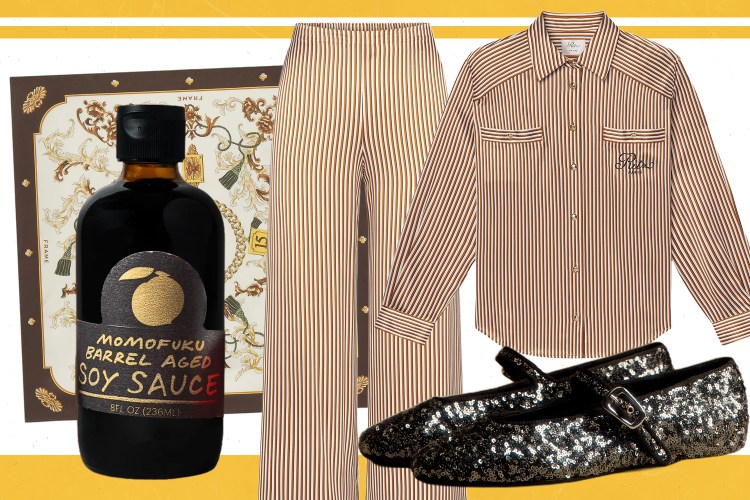Editor’s Note: RealClearLife, a news and lifestyle publisher, is now a part of InsideHook. Together, we’ll be covering current events, pop culture, sports, travel, health and the world.
A new exhibition shows that mob boss Al Capone’s Eastern State Penitentiary prison cell left a lot more to be desired than some previously let on.
Before Capone famously finally went down for tax evasion, the notorious gangster spent nine months in the Philadelphia prison for carrying a concealed, unlicensed .38 caliber revolver. The stint has long been portrayed as a cushy, easy, short-term stay — a 1929 Philadelphia Record newspaper article, as Smithsonian Magazine noted, described the “tasteful paintings” that adorned his cell’s “once-grim walls;” “the glow of a desk lamp which stood on a polished desk” and the “strains of a waltz … emitted by a powerful cabinet radio receiver of handsome design and fine finish.”
But new evidence uncovered by staff at the prison — now a museum — tells a different story. Capone’s cell, now open to the public, depicts what it almost certainly looked like about 90 yers ago. Instead of the Roaring Twenties grandeur described in the paper, much more ordinary furniture, like a single dresser for two and a rag-sewn rug, adorns the room with a cot to one side for Capone’s reported roommate, an embezzler named Bill Coleman.
“It is by no means the most luxuriously furnished cell in the prison,” the Record noted. “There are others that are more sumptuous.”
Capone was released from Eastern State on March 17, 1930. Deep into the following year, he was found guilty of tax evasion and sentenced to 11 years in prison, of which he served seven and a half years before succumbing to a bout of severe syphilis that reduced him to a 12-year-old’s mentality.
Thanks for reading InsideHook. Sign up for our daily newsletter and be in the know.


















